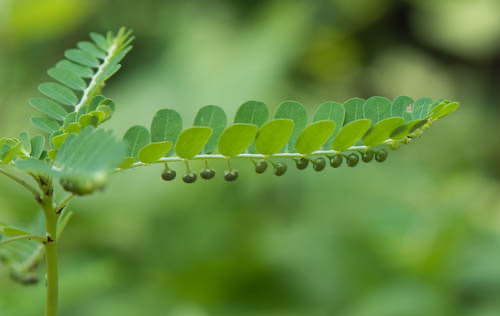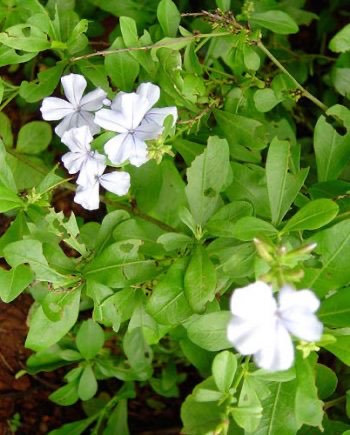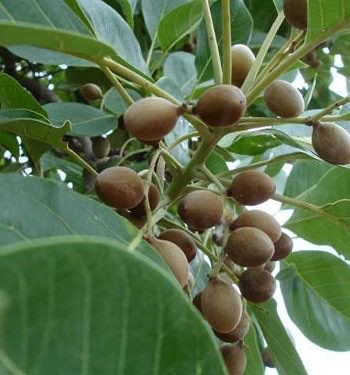Description
Bhumi Amalaki
Botanical name – Phyllanthusniruri
Family name – Euphorbiacea
English name – Stonebreaker or Seed-under-leaf
Common name – Tamalaki, Bhuiamla
Habit – Annual shrub
Useful Parts – Whole herb
Common Uses – Bhumiamalaki is a blood purifier, analgesic, antibacterial, anti-hepatotoxic, anti-inflammatory, anti-malarial, anti-mutagenic, anti-spasmodic, anti-viral, aperitif, carminative, digestive, diuretic, febrifuge, hepatotonic, hepatoprotective, hypoglycemic, hypotensive, laxative, stomachic, tonic, vermifuge. It is effective to cure hepatitis, liver diseases, human immunodeficiency virus (HIV), obesity problems, jaundice, diabetes, spasms, and pains. It is also useful for the treatment of dropsy, gonorrhea, Menorrhagia, and other Genito-urinary affections. Other applications of the Bhumiamalaki include treatments for Dyspepsia, Ulcers, Sores, Swellings, Ophthalmia, and Chronic dysentery.
Indications – It is used externally in oedema, ulcers, skin disorders, and eye disorders. It is used internally in thirst, hyperacidity, diarrhea, dysentery, ascites, bleeding disorders, jaundice, dysuria, diabetes, leucorrhoea, chronic intermittent fever, hepatic and spleenomegaly.
Product description – It is the main ingredient in Chyavanprash.




